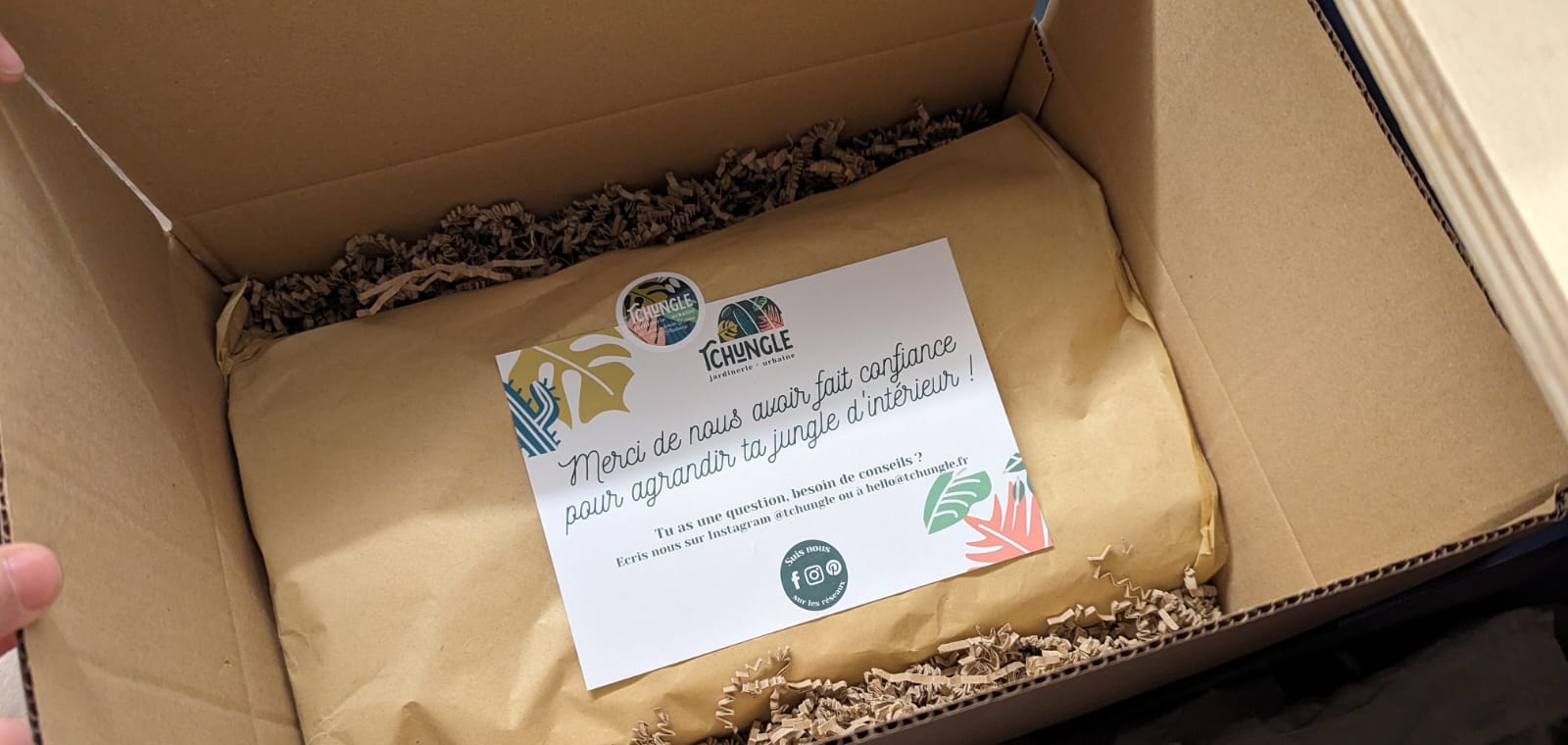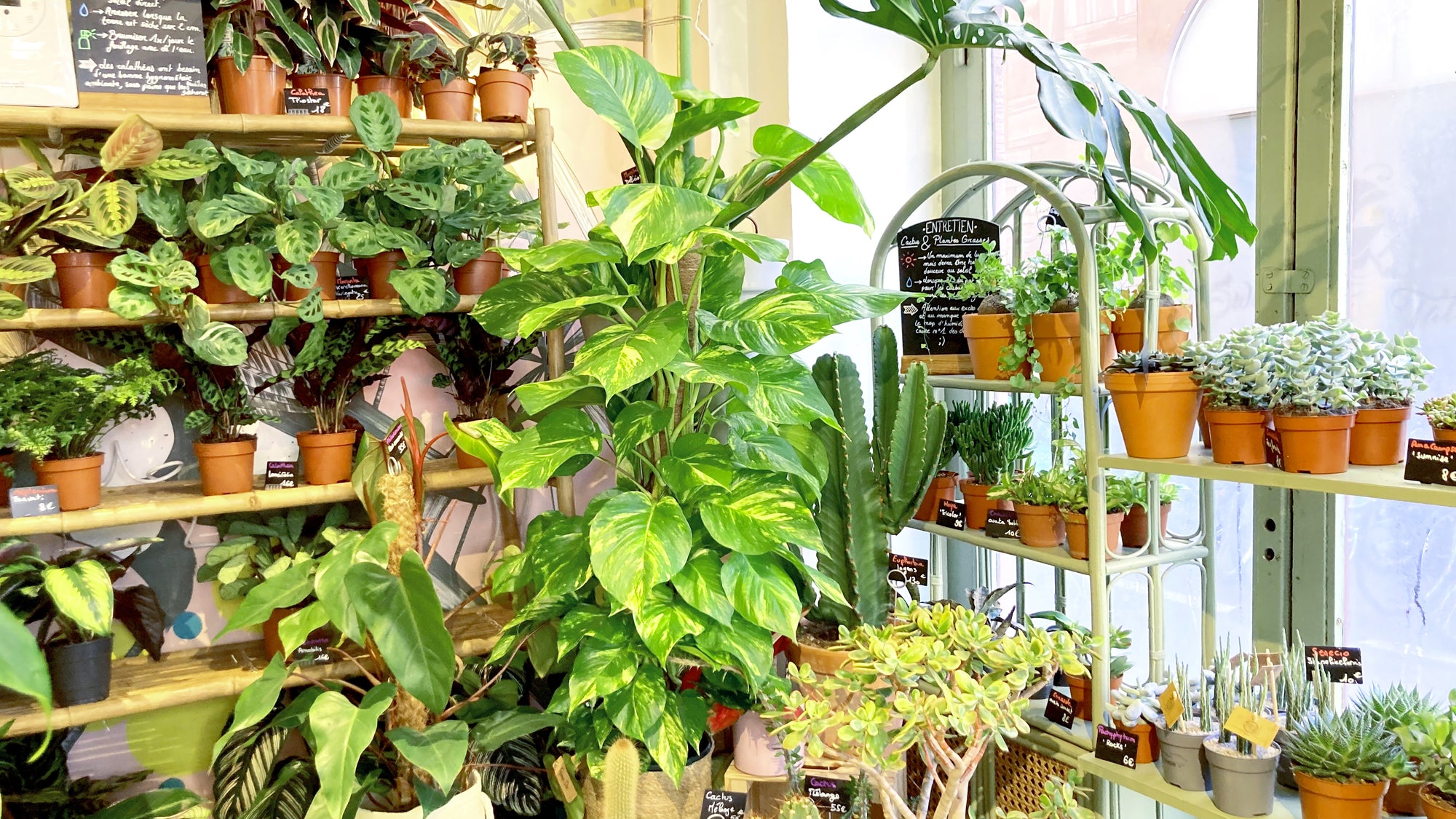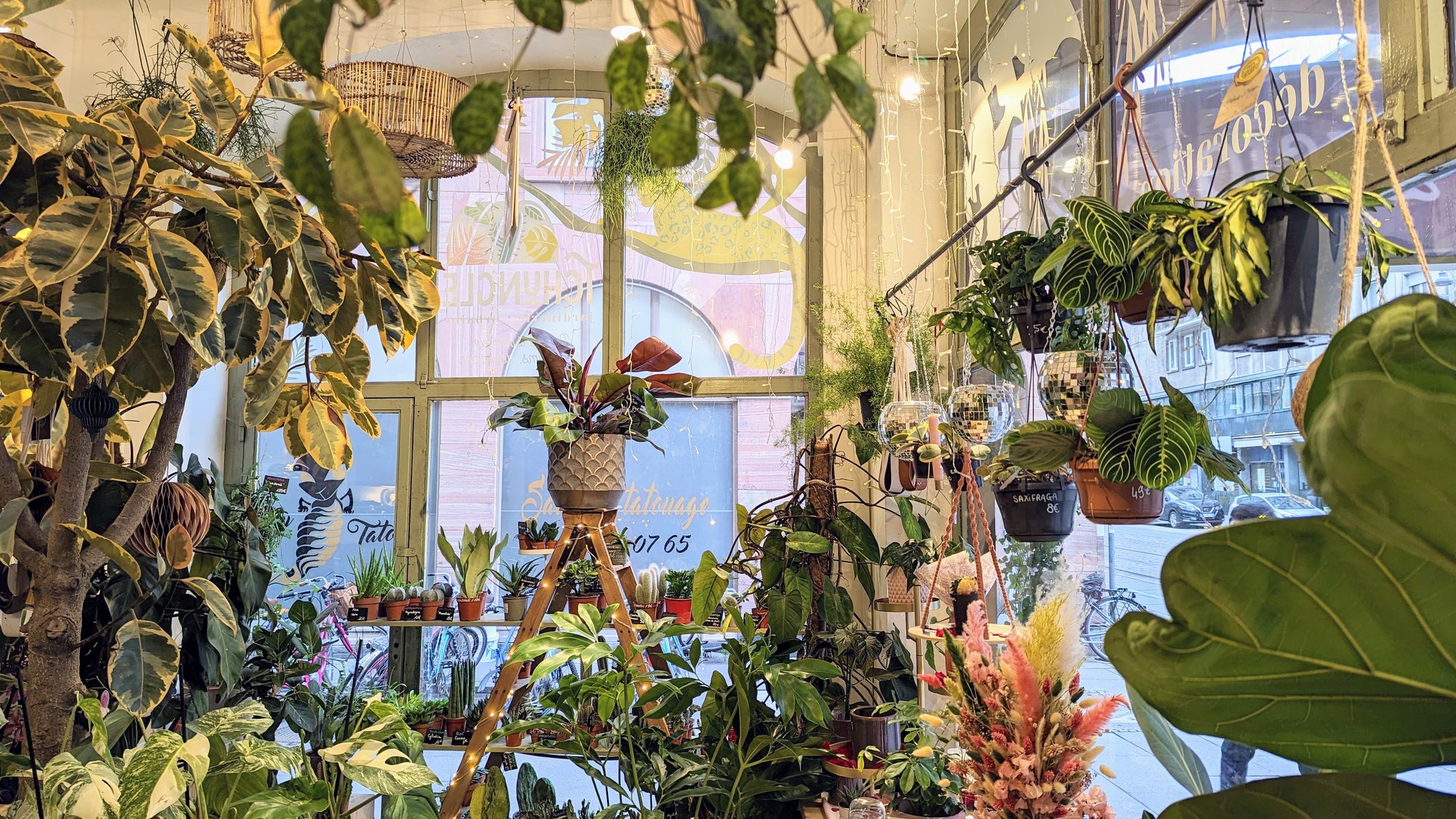If you are a beginner or if you want to start on a good basis for the maintenance of your plants, here are some tips.
The rules of the Gardener:
-
Whether the plant comes from a florist, a garden center or an online store, the right reflex is to quarantine it 🙂
-
If it's a variety you don't know, try to gather as much information as possible about your new plant, don't hesitate to ask us questions if necessary!
-
Now that you know this plant better, you know if it prefers bright light or more subdued light. To place it well in your interior, the ideal is to know the exhibition of the room 🌤️. The location should not be random, if it is a plant that likes light, it must be placed as close as possible to the window trying to avoid direct sunlight (yes it is sometimes a bit technical 😏 )
-
It is always advisable to avoid watering with tap water if the water is very calcareous in your home; try to collect rainwater, it's ideal! And if you have no choice but to water with tap water, you can let it sit for a few hours with activated carbon or ceramic balls.
-
As far as the frequency of watering is concerned, in the case of the vast majority of plants, it is above all observation! It's a bit like an investigation 🧐. Check the condition of the leaves: are they still spruce up or rather half-mast? If, for example, they are wrinkled, curled up or wavy, these are all signs that she is thirsty! Also check the soil, if it is dry on the first centimeters, then no more doubts you can water your plant! If ever you have a doubt, it is always advisable to favor a little drought rather than over-watering.
-
Watch out for heating ! If your plant isn't part of the cactus or succulent family, heating isn't going to be its friend. Indeed it dries out your interior, and tropical plants prefer humidity 🏝️. Keep a distance of at least 1 meter between the heater and your plants. And if your heating is not electric, do not hesitate to place cups of water on it, it will create a little humidity.
What are the needs of the plant?
We always recommend referring to the biotope* of a plant. For example, a fern is more often found in a low light and fairly humid environment such as an undergrowth; ferns will therefore need less light than a cactus, which is found more in a desert environment and therefore very very bright. The large families of plants will generally have the same needs in terms of light, try to find out in store about the family of the plant you want. If ever she has needs that differ a little from her family of origin, we will let you know!
What is my exposure?
The exposure of the room plays a big role! It has been shown that a room to the north receives 10 to 15 times less light than a southern exposure. Similarly, an eastern room will have the morning sun which is much milder than a western exposure. As it is advisable to avoid exposing tropical plants to direct light when the sun is at its hottest (especially in spring and summer), it will be necessary to be vigilant on locations near windows facing south or in the West and reserve them for cacti and succulents.
Where do I want to place my plant?
In addition to having to avoid direct sunlight, it is essential not to judge the brightness simply by our eye. Indeed, it is not because a room seems bright that we will be able to install the plant anywhere! For the vast majority of plants, the ideal location will be at a distance below one or two meters from the window. If certain varieties such as Pothos, certain Philodendron or even Ferns can adapt or thrive in low light, this is far from being the norm.
Several rules are involved in determining the correct location for a plant:
- The light decreases with the square of the distance : thus a plant that has been moved 2 meters from the window will receive 4 times less (2x2=4) useful light for its development than a plant that has been installed behind the window. window ;
- The light enters in a straight line: it does not bend, so you have to pay attention to the angles far from the window;
If you are ever sorely lacking in light or if you want to move further away from incoming light, there are solutions. To correct light deficiencies, you can turn to horticultural lighting (with bionic led lamps for example). In this case, it will be necessary to choose a system adapted to the cultivation of the plants to have an adequate light spectrum and to choose the power according to the needs of the plants. At present, horticultural LEDs are an interesting solution both economically and in terms of performance.
There is no universal rule and each room will have its specificity. If you have had a plant for many years in a location that deviates a little from the theory and it seems to like it, there is no need to change everything. And if you suffer from a very slight lack of light, but you don't have the possibility of having a brighter location, it can be interesting to turn the plants regularly, so that all sides can take advantage of the light. . For example, you can think about it every time you water!
The myth of the green thumb
The green thumb is obviously a myth, the care of the plants goes through a lot of observation and the choice of a good location. And if that's not enough, don't hesitate to ask us questions 🙂
* Biotope: One of the two components of an ecosystem. The biotope or environment is a relatively stable "place of life" identified by a certain number of geological, geographical and climatological characteristics which will determine the living conditions of the beings who will live there.



